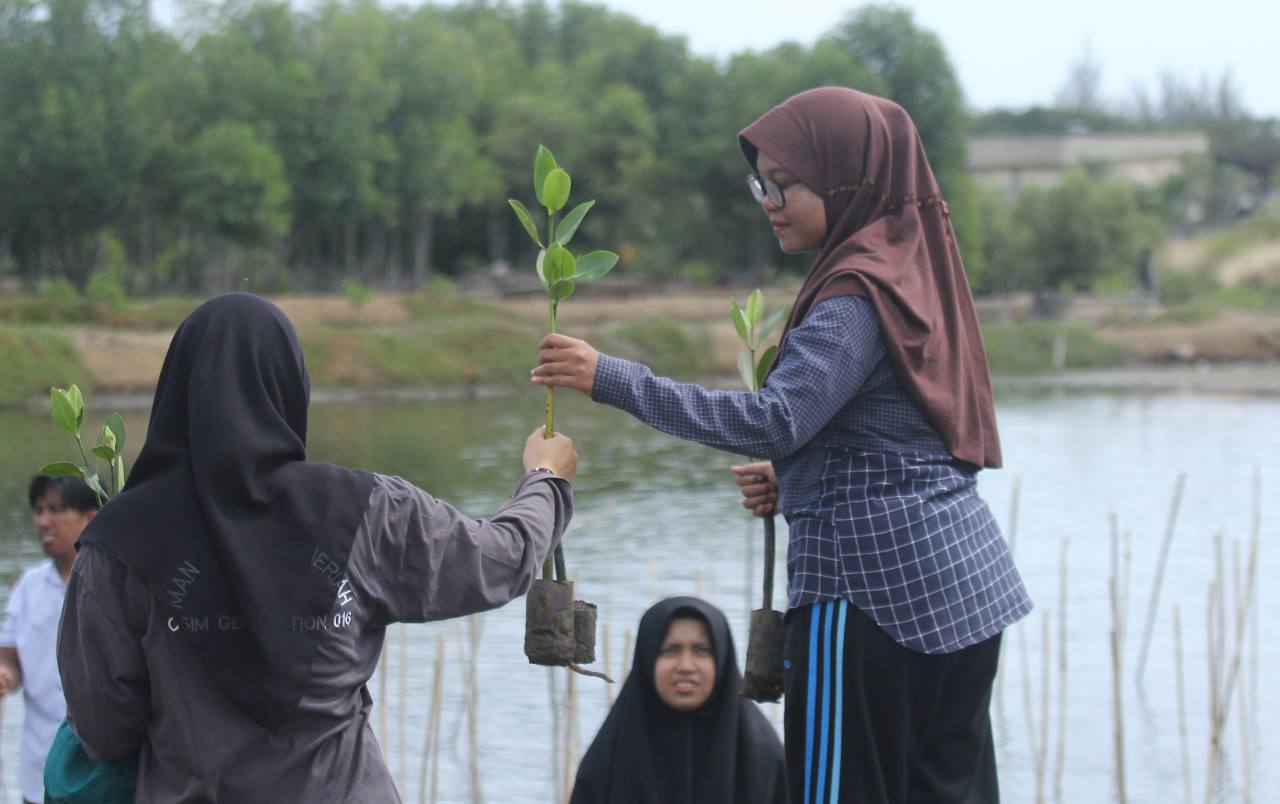This article was originally published by the Center for Indonesian Policy Studies on October 17th, 2024.
Inclusive prosperity is a key pillar of the United Nations’ 2030 Agenda for Sustainable Development, which emphasizes the importance of ensuring that no one is left behind. Central to this agenda is the commitment to inclusive development, specifically targeting marginalized and vulnerable communities, including the rural poor, ensuring they benefit from social, economic, and environmental advancements.
However, in 2023, the United Nations estimated that nearly 700 million people lived on less than USD 2.15 a day, and the goal of ending extreme poverty by 2030 will not be met, with nearly 600 million still in extreme poverty.
As a member of the Action Group on Inclusive Prosperity of the Unlock the Future Engine Room, I regularly participate in discussions about existing and future challenges with young colleagues from various parts of the world. Through these discussions, I have come to realise that it is important to bring in the context of rural communities to gain a broader perspective of inclusive prosperity.
While I understand that discussion on improving prosperity through modern innovations is necessary, it raises the question of how these advanced technological solutions can assist the rural poor community, especially in developing countries with limited access to technology.
According to the World Bank, 80% of the world’s poor live in rural areas and primarily depend on farming. Due to low incomes, many rural households still experience food insecurity and hunger, despite living by growing and selling agricultural produce. A study conducted by Acheampong et al. (2022) in Ghana shows that 60% of farm households in central Ghana and 94% in the Bibiani Ahwiaso community experience food insecurity.
The rural poor, particularly those engaged in agriculture, are crucial to highlight and include in our efforts to achieve inclusive prosperity as the World Bank recognises agriculture to be helpful in reducing poverty, increasing incomes, and improving food security.
In the 2100 learning agenda developed collaboratively by Engine Room members and UN Foundation Next Generation Fellows, we identified several existing challenges to achieving inclusive prosperity. These challenges include youth unemployment and underemployment, financial exclusion, the digital divide, significant skills mismatches, and, in many regions, limited access to funding for young entrepreneurs.
The identified challenges also apply to the context of rural poor agricultural communities. However, it may be more difficult to overcome due to factors such as limited digital infrastructure and disparities in education levels and quality.
In the digital age, discussions around agriculture are increasingly focused on the use of technology such as artificial intelligence (AI) to boost productivity and efficiency in the sector. Technologies like the use of drones for spraying fertilizers and smart irrigation systems are now widely discussed in discussions about modern agriculture and offered in the market.
If we look at various sources, there is abundant information suggesting that these technologies can increase yields, boost income, and offer more practical solutions. Unfortunately, these technologies are not yet widely accessible to the rural poor agricultural community.
The automated irrigation technologies currently available typically rely on smartphones and internet connectivity. However, access to the internet in rural areas is very limited. A study by Barbier highlighted that poor smallholder farmers in rural areas could face a serious digital poverty trap as they face limited access to digital technologies due to high costs, unreliable electricity, and inadequate infrastructure. Therefore, to ensure that the rural poor agricultural community is not left behind, strategies to achieve inclusive prosperity must take access limitations into account.
Training and exposure programs on digital technology are equally important to ensure the benefits of technology reaching the rural poor agricultural community. According to the Food and Agriculture Organization, farmers and small and medium-sized enterprises (SMEs) may hesitate to adopt mechanization or technology due to a lack of technical skills and knowledge, feeling overwhelmed by the complexity of new tools or uncertain about their ability to use them effectively.
The majority of agricultural workers are older and have lower levels of education, which may make it challenging for them to adopt new technologies. Beyond enhancing productivity, the use of smartphones and internet access can be highly beneficial for the rural poor agricultural community by providing up-to-date information on market prices and insights into potential markets for their products.
While rural youth may be more likely to be employed, statistical evidence from 58 countries shows that rural workers often face inadequate labour protection and low wages. The majority of jobs in the agricultural sector are informal, with unstable wages or income. Agricultural work also carries significant risks, especially given the possibility of crop failure due to unpredictable weather resulting from the climate crisis.
Through discussions with farmers in Central Java for a CIPS study on farmers’ livelihoods, I found out that many of them do not wish for their children to pursue careers as farmers. Farmers prefer their children to work in cities or factories due to the promise of more stable income.
Although working in urban areas may be an option for young generations from rural poor agricultural communities, it is important to recognize the challenge of disparities in education and skills. Adukia and Evans noted that most out-of-school children live in rural areas, where they are less likely to complete primary education, transition to secondary school, and perform well on tests.
Access to education is not only essential for improving production and income in rural livelihoods, but also for empowering the young generation from rural poor agricultural communities to compete for better job opportunities, even in urban areas.
Addressing the challenges faced by rural poor agricultural communities is crucial for achieving inclusive prosperity. Incorporating access to technology, infrastructure, and education, into sustainable development strategies can empower these communities to break the cycle of poverty. If initiatives to support the rural poor are not implemented, we risk reinforcing economic inequalities and jeopardizing the global pledge to ensure that no one is left behind.


